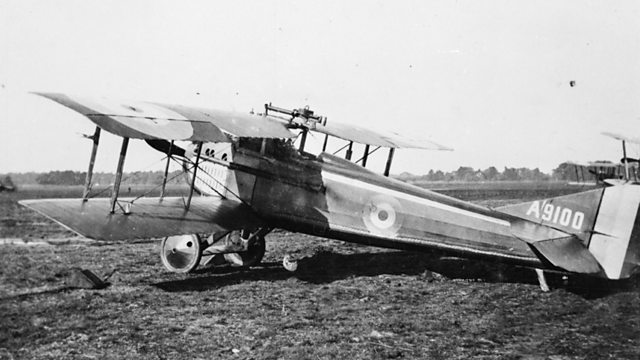Orford Ness, Suffolk: Bombs, Parachutes and Camouflage
The secret research facility that changed air warfare forever
Orford Ness’ 70 years of military history began in 1913 when the War Office bought a large part of the Ness for the Royal Flying Corps and before long it had taken on the whole site.
They set about draining and levelling the southern half of the King’s Marsh to form airfields alongside a central road. The first aircraft arrived in 1915 when part of the Central Flying School’s experimental flying section moved to the Ness from Wiltshire. Their arrival and the highly secretive nature of their work meant the site was no longer accessible to local people. But the village of Orford played a key role throughout its development.
The men of the RFC were eventually put up in accommodation blocks on the Ness, but initially they stayed in tents and temporary buildings in the village and for a time the officers’ Ness was in The Crown and Castle pub.
Many highly significant advances in warfare were made thanks to the research done at Orford Ness. The experimental works carried out included testing parachutes, aerial photography, bomb ballistics and machine guns. A particular type of camouflage for aircraft was also developed here; NIVO or Night Varnish Orford Ness.
In early 1917, the War Office realised the Ness was no longer big enough and a search was launched for a suitable site for another airfield. Part of Martlesham Heath was already being used as an aircraft landing field and it was acquired by the Ministry and opened under the banner of the Royal Flying Corps in 1917.
In 1924 the roles were to be reversed when Orford Ness, which had been put on a ‘care and maintenance’ order following World War One, was reopened as a satellite of the Aeroplane and Armaments Experimental Establishment at Martlesham.
Duncan Kent from the National Trust takes us on a tour of the site.
Location: Orford Ness, Suffolk IP12 2NU
Image shows a biplane at Orford Ness
Photograph courtesy of Imperial War Museums
Duration:
This clip is from
Featured in...
![]()
����ý Radio Suffolk—World War One At Home
Places in Suffolk that tell a story of World War One
![]()
Technology—World War One At Home
Wartime pioneers and innovation
More clips from World War One At Home
-
![]()
The loss of HMY Iolaire
Duration: 18:52
-
![]()
Scotland, Slamannan and the Argylls
Duration: 07:55
-
![]()
Scotland Museum of Edinburgh mourning dress
Duration: 06:17
-
![]()
Scotland Montrose 'GI Brides'
Duration: 06:41







